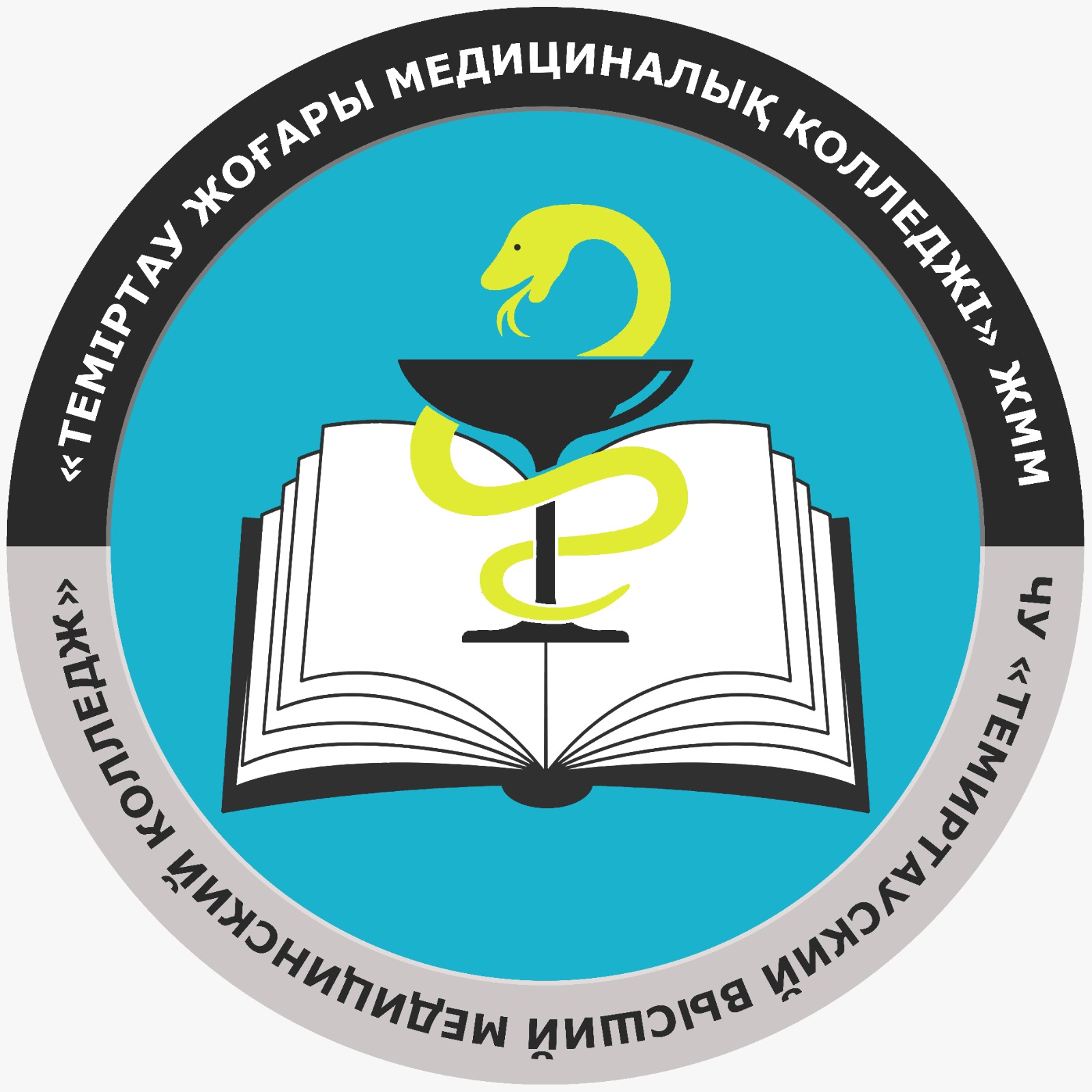Tuberculosis is one of the oldest infectious diseases. Robert Koch discovered the causative agent of tuberculosis in 1882 and proved that it is an infectious disease. Until the 20th century, tuberculosis was practically incurable. Tuberculosis is an infectious disease characterized by the appearance of specific inflammatory changes in the lungs and lymph nodes. Tuberculosis is not only a lung disease, but also a lesion of all human organs-bones, kidneys, brain and brain membranes, skin, eyes and other organs. However, pulmonary tuberculosis is more common. The main source of infection is a person suffering from an open form of tuberculosis, that is, releasing mycobacteria into the external environment.
Tuberculosis spreads by air from person to person. When coughing, sneezing or coughing, people with pulmonary tuberculosis carry tuberculosis bacteria into the air. To infect a person, it is enough to inhale only a small amount of such bacteria. Where the patient lives, it is very important to observe sanitary conditions and precautions. If a patient with pulmonary tuberculosis complies with all hygienic requirements, then he is safe for others. Pulmonary tuberculosis is not inherited. Children of parents with tuberculosis are born healthy. However, if all precautions are not followed, the child may become infected with tuberculosis and get sick.
04/18/2022 activists of the faction of healthy lifestyle and sports of the Student Parliament of the college with a college medical worker Kaldybayeva Ch.B held preventive talks on tuberculosis.




